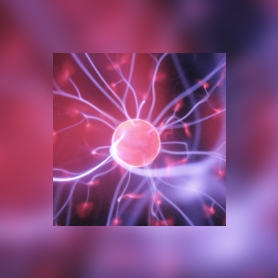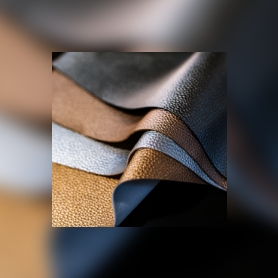
by Ana Ansell | Sep 1, 2021 | News
By Stephen Sothmann from Real Leather. Stay Different – a campaign to promote the sustainable qualities of leather and champion slow style over fast fashion Thanks to new processes and technologies, the leather production industry has cut its water footprint...

by Ana Ansell | Aug 17, 2021 | News
Recently, Qualus CEO Vikrant Pratap presented at CleanEquity 2021 to introduce our company, our sustainable vision and the Sfere technology that’s helping tanneries around the world reduce their environmental footprint. Watch it here: Qualus – CEM...

by Ana Ansell | Jul 6, 2021 | News
Qualus will present at CleanEquity Monaco 2021 on 22nd & 23rd July at the Fairmont Monte Carlo. CleanEquity is an annual invitation-only event hosted by Innovator Capital, the London based specialist investment bank. The 30...

by Ana Ansell | Jun 23, 2021 | News
In 2015 the United Nations launched a collection of 17 ambitious Sustainable Development Goals (SDGs) designed to be a “blueprint to achieve a better and more sustainable future for all”. The aspiration to achieve these goals by 2030 will only be fulfilled...
by Ana Ansell | Jun 11, 2021 | News
Qualus’ patent protected system enables tanners to lower their environmental footprint (20% less energy, 40-50% less water, 10-20% less chemicals, 30% less effluent in key production stages) while also reducing costs and improving the quality of the leather....
by Ana Ansell | May 31, 2021 | News
With patented polymer Sfere technology, Qualus is helping tanneries around the world reduce water consumption by up to 40% and chemicals by up to 15% LONDON – Qualus, the leading provider of sustainable solutions to the leather industry, has secured £1 million of...




